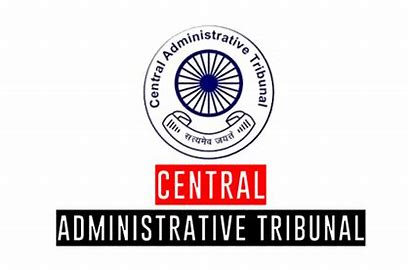Free Courses Sale ends Soon, Get It Now


Free Courses Sale ends Soon, Get It Now



Copyright infringement not intended
In News
About Tribunals
Key points of Tribunal Reforms Act 2021
Concerns
https://t.me/+hJqMV1O0se03Njk9
© 2024 iasgyan. All right reserved